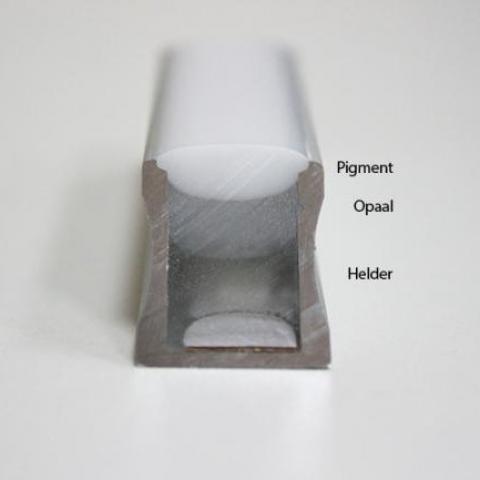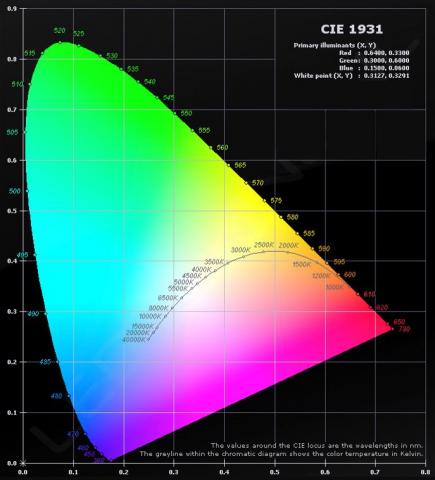The choice of the correct wire diameter is determined by a number of factors.
On the one hand, that is the maximum current we want to send through the wire. After all, the wire should not get too hot.
On the other hand, this is the voltage loss that occurs due to the current flowing through the wire and the resistance in that wire.
We assume that a maximum of 10% voltage loss in the wire can be tolerated.
Then the maximum voltage drop at the selected 12V supply voltage will only be 1.2V.
At a current of 5A the wire may then have a total maximum resistance of 0.240Ω.
A wire sectional area of 0.75mm2 could have been used for a current of 5A.
However, the calculated wire resistance for 10 meter cable (contains 2 wires, so 20 meter wire) of 0.75mm2 is already 0.459Ω and therefore higher than the required maximum resistance of 0.240Ω.
Our voltage loss would therefore already be 2.29V with a current of 5A, that is 19.11%, so more than the maximum set 10% or 1.2V.
Of course the current through that wire resistance would also decrease and the light output of the LED strip would also decrease.
Therefore, the wire sectional area to be used for 5A with a length of 10 meter cable must be at least 1.43mm2, so we best choose 1.5mm2.
The calculated wire resistance for 10 meter cable (contains 2 wires, so 20 meter wire) of 1.5mm2 is then just 0.229Ω and meets the required maximum resistance of 0.240Ω.
Our voltage loss now becomes 1.15V and corresponds to 9.6%, so that meets the maximum 10% or 1.2V.
So we are going to use a wire with a sectional area of 1.5mm2.
The diameter of this wire is 1.4 mm.


